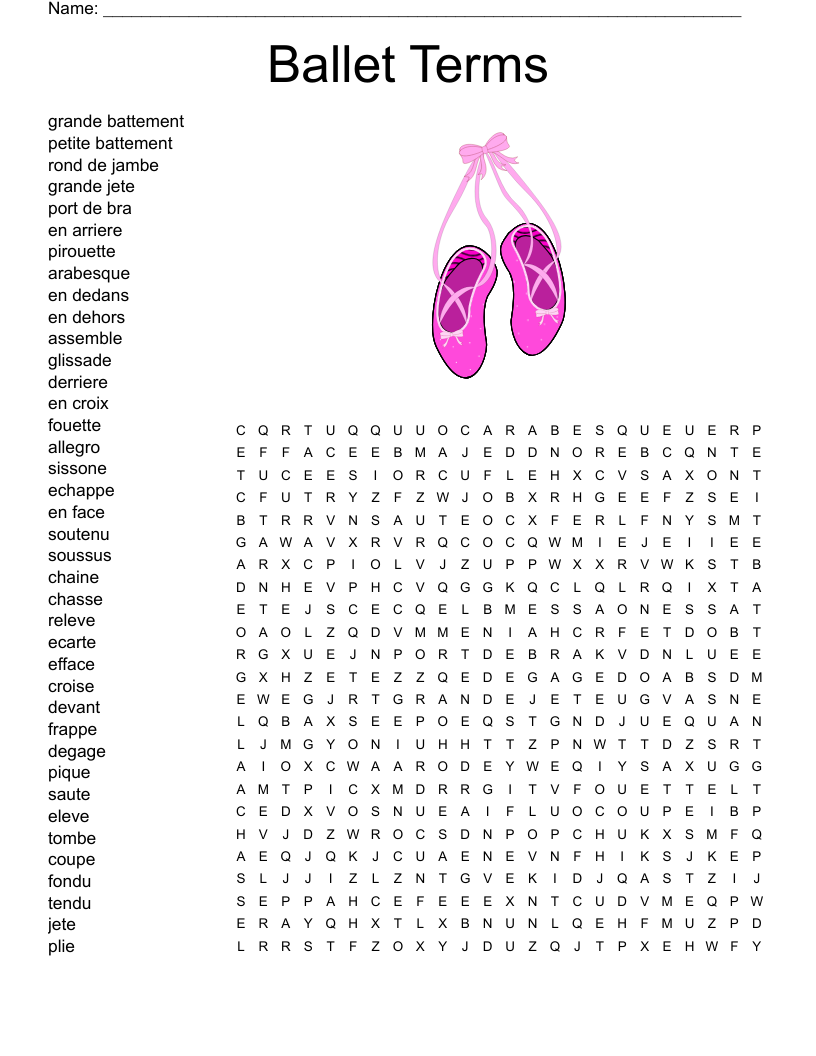Ballet is a beautiful and graceful form of dance that has its own unique language. Understanding the terminology used in ballet can help dancers communicate effectively and perform with precision. Whether you are a beginner or a seasoned dancer, knowing these terms can enhance your appreciation for the art form.
From plié to pirouette, ballet terms often have French origins and convey specific movements or positions. Learning these terms can help dancers execute choreography with accuracy and precision.
Ballet Terms and Their Meanings
Plié: This term refers to a bending of the knees while keeping the back straight. It is a foundational movement in ballet and is often used as a warm-up exercise.
Pirouette: A pirouette is a turning movement where the dancer spins on one foot while maintaining a balanced and controlled position. It requires strength, technique, and balance.
Grand jeté: This term translates to “big throw” in French and describes a large leap where the dancer extends one leg forward and the other backward while in the air.
Arabesque: An arabesque is a pose where the dancer stands on one leg with the other leg extended behind the body, creating a graceful and elongated line.
Chassé: A chassé is a gliding step where one foot chases the other, creating a seamless and flowing movement across the floor.
Understanding and mastering these ballet terms can elevate a dancer’s performance and enhance their appreciation for the art form. Whether you are a beginner or an experienced dancer, incorporating these terms into your practice can help you communicate effectively with instructors and fellow dancers.
In conclusion, ballet terms are an essential part of the dance vocabulary and play a crucial role in the execution of choreography. By familiarizing yourself with these terms and their meanings, you can enhance your understanding of ballet and improve your technique as a dancer. Embrace the beauty and precision of ballet by learning and incorporating these terms into your practice.
